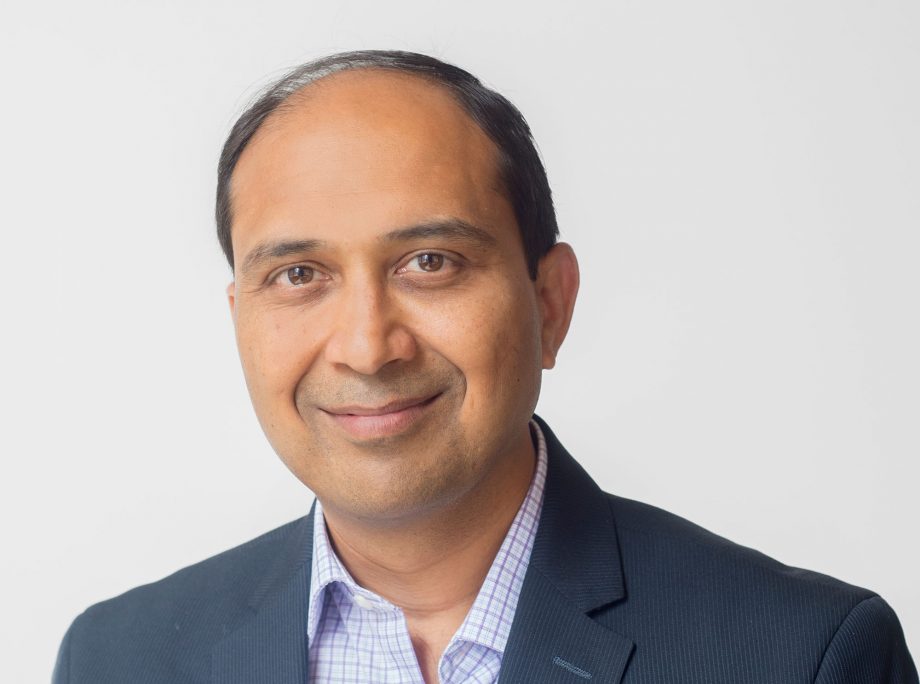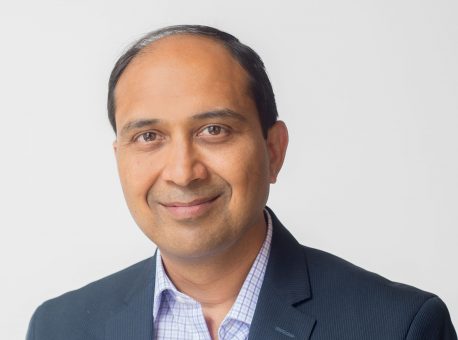Manish Shah – Redesign Of Healthcare Systems To Continue
GlobeSt.com
December 22, 2016
CHICAGO—Healthcare has undergone remarkable changes in the past decade as both patients and providers have looked for ways to cut costs. One result has been a flood of construction as major hospital systems created a new ecosystem of clinics and ambulatory centers that can provide more efficient care. And regardless of any changes which occur in the provision of health insurance, experts say these trends will continue in 2017, and keep developers in the sector very busy.
Manish H. Shah tells GlobeSt.com that the transformation of the healthcare sector reminds him of recent changes that transformed the world of retail. He just joined KTGY Architecture + Planning as executive director and will lead the firm’s growing healthcare design practice.
Shah has focused on designing healthcare properties for about 15 years, and most recently was director of architecture for BSA LifeStructures, where he worked on Prentice Women’s Hospital and Swedish Covenant Hospital’s new office space.
“There was a time when everybody wanted to go to malls, and downtowns across the country died out,” he says. But sometime in the 1990s, the big mall concept began to fade and developers started concentrating on smaller lifestyle centers and stores. “Healthcare is going through something similar.”
Instead of giant, centralized hospitals, providers are moving most preventative care services, including primary care physicians, off-site into medical office buildings or clinics. The main hospital in any system can then concentrate on providing the more expensive specialist care.
“There was a time when you had to go to a hospital to get a simple MRI,” he adds, but today a patient is more likely to have such a procedure done in an off-site clinic. Furthermore, new immediate care centers, also dispersed across a wider area, have cut down on visits to hospital emergency rooms, typically a tremendous expense for healthcare systems.
But the need for efficiency also means that providers want to occupy less real estate overall, and that presents a challenge to designers. “At some point, they come to us and say, ‘how can we do this?’”
One response has been to consolidate some of the care now provided through clinics into one space. Shah, for example, helped design Sinai Community Institute’s new clinic for women on the west side of Chicago. It will provide obstetrics, gynecology and mammography services, but “we don’t have three distinct clinics,” he says. “They are all connected and open.”
The designers did, however, utilize subtle methods, such as different color schemes and finishes, to distinguish how providers use the space. Construction will begin in April.
Shah has a wait-and-see attitude toward a possible repeal of the Affordable Care Act, and says whatever happens, it will probably take several years to sort out. But many health insurance policies will still have high deductibles, and that will help lead providers to continue redesigning the healthcare system.

